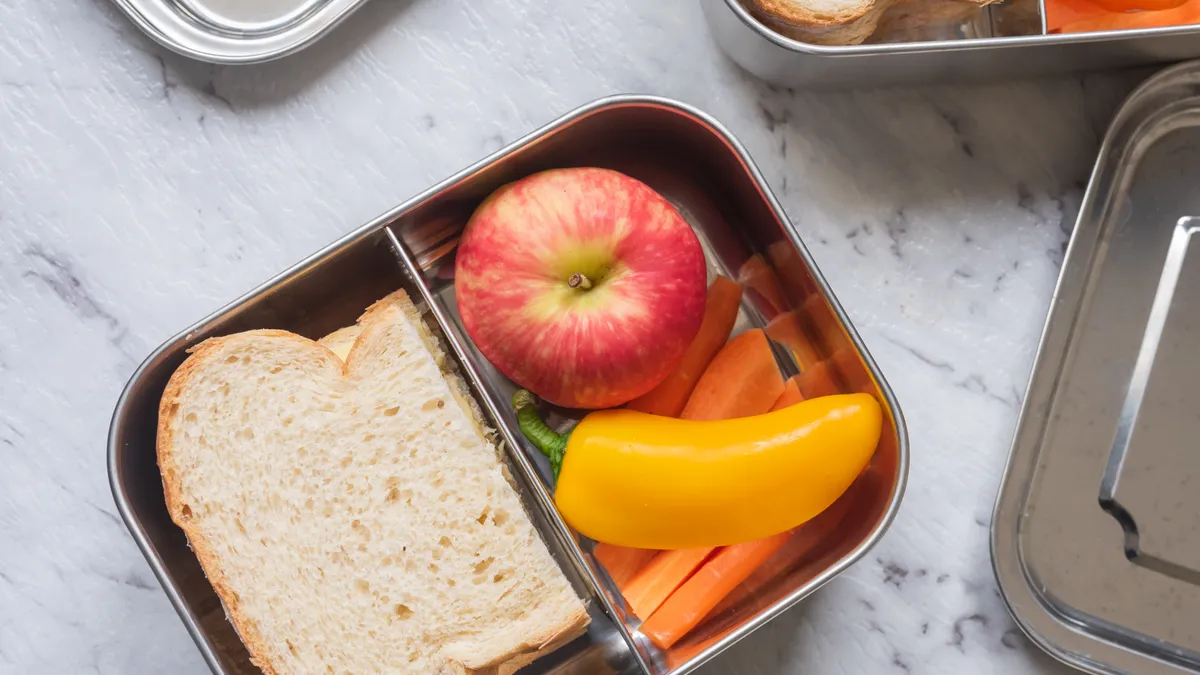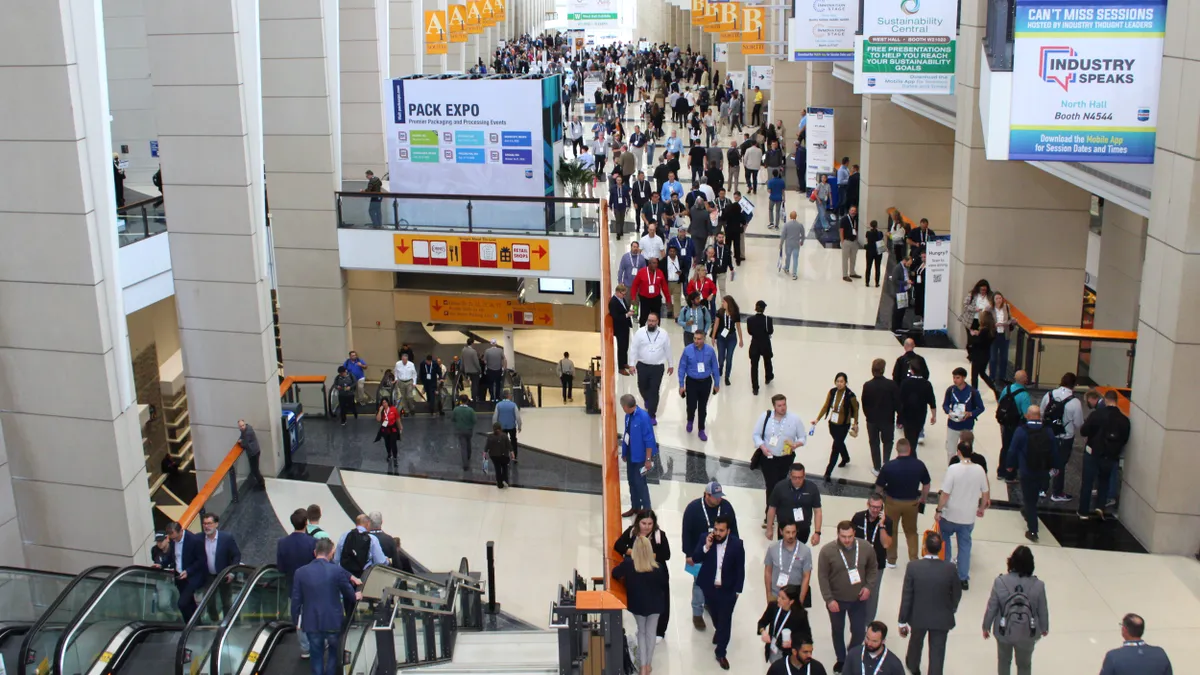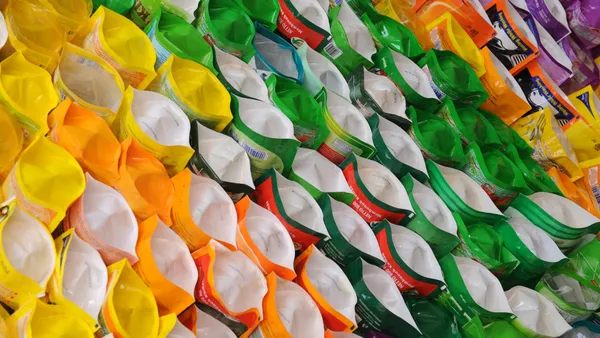Dive Brief:
- The U.S. Plastics Pact and Closed Loop Partners’ Center for the Circular Economy released a report Tuesday detailing U.S. consumers’ sentiments toward reusable and refillable packaging solutions. It’s based on a survey of more than 300 “early adopter customers” who used products and services from at least one of 16 companies in the organizations’ reuse catalyst program between March and July 2023.
- Authors identified key insights related to consumer education, communication, technology, design and convenience best practices to support reuse system development that meets consumer needs and to increase reusable packaging return rates.
- The partners found that 56% of respondents think it’s important for brands to offer reusable products and packaging, 47% use reusable products or services weekly and 45% describe the reusable solution’s price as about the same as a single-use product.
Dive Insight:
Reusable packaging programs are gaining interest but still significantly lag the market uptake of single-use packaging. Reuse is one of the strategies, along with recycling and composting, most often cited in brands’ sustainability commitments, yet an average share of just 1.2% of packaging among the Ellen MacArthur Foundation’s global commitment signatories was reusable in 2022.
The partners behind Tuesday’s report indicate the information could help companies, cities and other stakeholders understand and navigate the reuse space to effectively expand it. The report says that understanding what motivates consumers to use reusable packaging is “critical” to creating a culture of reuse. USPP and CLP say widespread reuse system adoption is necessary to address global plastic waste.
The authors noted that data gathering for this report is different than from some other methods because it covers actions instead of intentions. They surveyed consumers about what they already do as opposed to what they “would” do. This prevents the “intention-action gap” that can occur when only sentiment, not market behavior, is examined, authors said. For example, studies frequently indicate that consumers say they’ll pay more for more sustainable packaging, but brands and packaging producers often challenge the notion that consumers actually choose higher-priced but more sustainable options.
“The research in this report charts a course toward transforming reuse by starting from the customer's point of view — understanding and overcoming the obstacles people face that stop them from developing a habit of reusing,” Kate Daly, managing director for Closed Loop Partners’ Center for the Circular Economy, said in a statement.
Achieving at least a 90% return rate for reusable packaging is necessary for success, according to the partners’ news release. “Without high returns, reuse models will struggle,” it said.
On the question of whether consumers will return reusable packaging, 85% of survey respondents said they plan to return the items while 15% would keep them for personal use. And while most respondents understand when they’re using reusable products, 3% didn’t know their solution was reusable, according to the report.
Authors identified five key insights to support reuse system development that meets consumer needs and increases reusable packaging return rates: ongoing education and clear communication are vital for larger scale reuse adoption; technology can simplify reuse tracking, but too much tech overwhelms consumers; intentional design choices that balance utility, sustainability and appeal are important; choice and availability of reuse empowers customers and shapes cultural norms; and reuse programs that meet customers where they are — instead of demanding perfection — are most likely to turn intentions into long-term habits.
The key finding that intentional design balances utility, sustainability and appeal aligns with getting consumers to return containers for reuse, according to the report. Particularly visually appealing packaging, for example, could prompt consumers to keep the items rather than return them, thus negating the benefits of reuse systems.
Convenience and cost are two major challenges for bringing reuse programs to scale. In fact, “less convenience” was the main disadvantage of reuse programs that early adopter survey respondents cited. And the report says hesitation around the increased cost of reuse over single-use options is the leading challenge that business owners who partner with reuse providers describe in consumers.
In light of convenience barriers, the report recommends that reuse system providers avoid adding complexity or extra steps to the process that could deter consumers. It also recommends distilling reuse into simple, memorable steps as well as equipping staff to educate consumers about reuse and promote engagement with such systems.
“If businesses and organizations can collaborate to deliver reusable options that truly fit into customers' lifestyles, reuse can shift from occasional to habitual,” Emily Tipaldo, executive director of the U.S. Plastics Pact, said in a statement.
Real-world consumer behaviors might vary from the results of this survey, considering the respondents are “early adopters” of reuse programs and not necessarily the average consumer. The report states that early adopters are “willing to go out of their way to engage with reuse. They often choose reusable products even when there are more convenient single-use options available.” The authors note the need for additional studies to advance reuse and make it more mainstream.










